This article has been reposted in English with permission from TechWorld.
It is protected under copyright law, and unauthorized reproduction or distribution is strictly prohibited.
[스마트팩토리·디지털트윈-④] 알테어, ‘디지털 트윈’ 전략으로 산업 디지털 혁신 앞당긴다., https://www.epnc.co.kr/news/articleView.html?idxno=318715
Altair is accelerating digital innovation in the manufacturing and energy sectors, both domestically and internationally, by leveraging its “Digital Twin” technology.
Altair’s digital twin goes beyond simple virtual modeling to play a core role in various industrial settings—from actuator technology development and productivity improvement to increased energy efficiency—drawing attention across industries.
Altair offers a unique digital twin platform that combines physics-based simulation, artificial intelligence (AI), high-performance computing (HPC), and an open architecture. This enables companies to apply customized solutions across various stages of the product lifecycle, from initial design and development to real-time operations and maintenance.
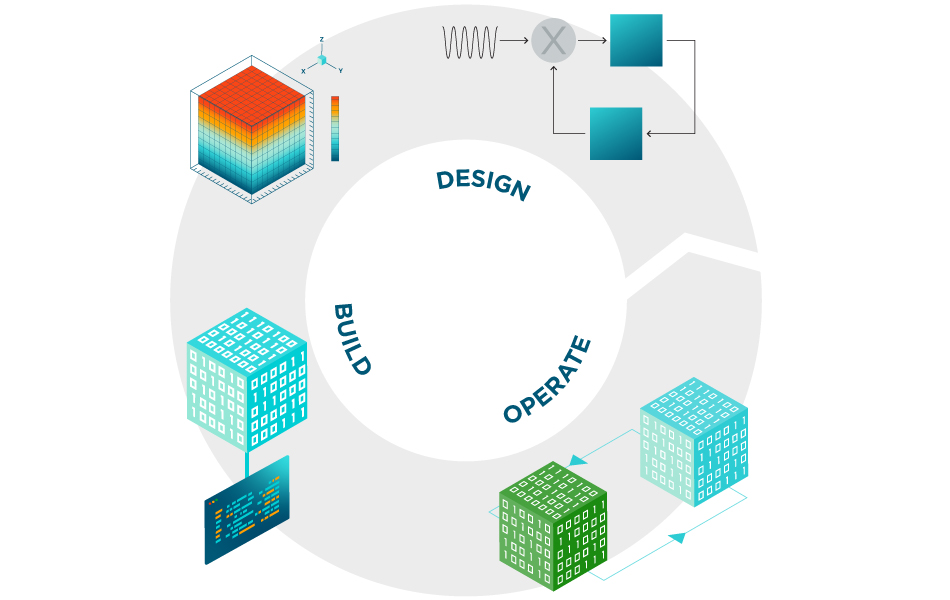
Altair’s 3-Stage Digital Twin Strategy
Altair’s digital twin strategy is divided into three main stages. These include product design, post-production performance verification, and maintenance during actual use. Through this process, companies can develop and operate safer and more efficient products.
Stage 1: Pre-Production Digital Twin
This stage involves testing whether a product will function properly by building and simulating it virtually before any physical prototype is created. For example, when designing a car, engineers can test if the engine bay size is suitable through virtual simulations.
By reducing the number of physical prototypes required, companies can improve design efficiency from the outset. Altair provides essential design and simulation tools for this stage through its platform, Altair HyperWorks, which includes system-level modeling and simulation, structural optimization, multiphysics simulation, PCB and electronics design, and electromagnetic analysis.
Stage 2: Post-Production Digital Twin
This stage focuses on verifying whether the finished product will operate properly through virtual scenarios. Altair HyperWorks offers precise multi-physics simulations, design exploration and optimization, and AI-driven design validation.
For instance, a newly built aircraft can be virtually tested under extreme weather conditions to ensure safe operation.
Stage 3: Operational Digital Twin
In this final stage, the product is actively in use, and its operational status is continuously monitored. Sensors collect real-time data to track how the equipment is functioning and to detect any abnormalities in advance.
For example, in a factory, sensors can predict and alert for issues with robots before actual breakdowns occur, enabling proactive maintenance scheduling. Altair supports this process with its platform Altair RapidMiner, which allows no-code execution of advanced data analysis, integration of real-time sensor data, anomaly detection, predictive maintenance, and statistical analysis.
Altair connects every stage of the product lifecycle—from design and manufacturing to operation—through a “digital thread”-based approach. This enables customers to develop products faster and more safely, while also managing them more efficiently during operation.
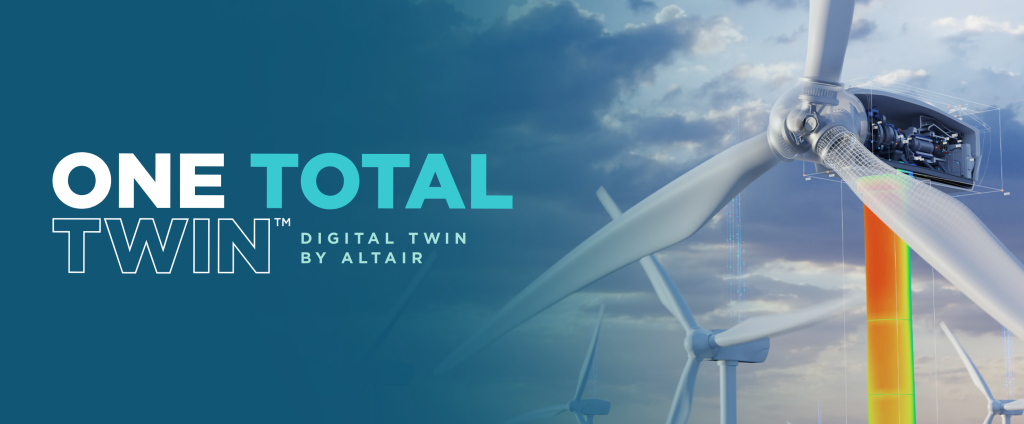
Why Altair’s Digital Twin Solutions Stand Out
In industries such as aerospace, defense, and heavy equipment—where a single product failure can result in massive costs or even human casualties—digital twin technology is essential for accurately predicting and verifying performance from the earliest stages of design.
By using digital twins to perform numerous simulations before actual prototyping, Altair helps reduce design risks and preemptively identify potential issues, saving both time and cost.
This is also crucial in the automotive industry. As vehicles become more advanced with autonomous driving, electrification, and collision stability technologies, the need for precise simulations and digital validation in virtual environments continues to grow.
Digital twins play a critical role in ensuring vehicle safety and reliability across a range of areas, including crash analysis, thermal management of electronic components, autonomous driving sensor testing, and predictive maintenance.
For long-lifecycle systems such as aircraft, naval vessels, and military vehicles, real-time operational monitoring and predictive maintenance capabilities are directly tied to maintaining a competitive edge.
Altair combines physics-based simulation with real-time sensor data analysis and machine learning to continuously evaluate system performance and predict remaining useful life (RUL) of components. This allows for preemptive maintenance and ensures high operational efficiency and cost-effective reliability.
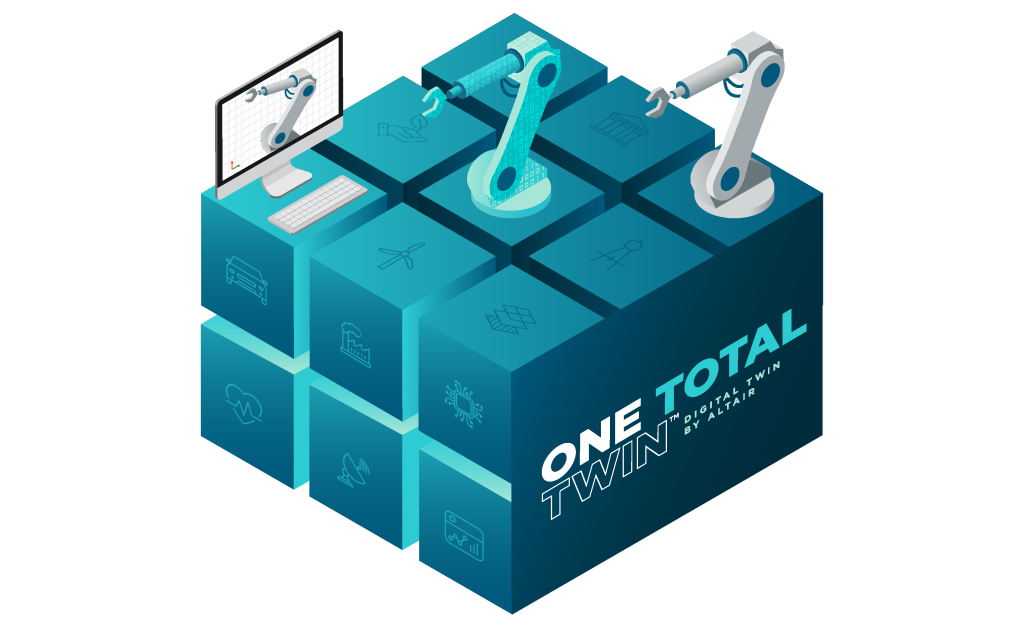
In Strictly Regulated Industrial Environments, Design Changes and Validation Must Be Traceable
Repeatable performance is critical in highly regulated industries. Altair supports customers in executing rapid and accurate design validation through virtual scenario-based testing, simulation, and simplified certification processes.
In data-intensive and highly diverse industrial settings, Altair enables efficient data storage, analysis, and utilization by providing an open, cloud- and hybrid-compatible architecture that allows flexible scaling.
The integrated digital twin platform from Altair creates a collaborative environment for professionals across electrical, control, structural, and multi-physics engineering fields, such as in robotics or smart factories.
This enables high-level customization for applications like robot design and large-scale 3D printing equipment development, which helps reduce design risk and implementation costs while maximizing operational efficiency.
Adopting Altair’s digital twin strategy has resulted in measurable benefits, such as a 38% improvement in real-time monitoring and control, 37% improvement in efficiency and safety, and 33% cost reduction.
Altair’s open and scalable platform—compatible with on-premises, cloud, and hybrid environments—can be flexibly deployed across industries, not only for large enterprises but also for small- and mid-sized businesses seeking tailored solutions.
Altair is strengthening its position as a trusted digital transformation partner across aerospace, defense, heavy industries, and automotive by combining simulation, AI/data analytics, cloud expansion, and open architecture.
Now part of Siemens, Altair plans to further enhance its end-to-end digital twin capabilities—supporting customers from product design to manufacturing and operation.
Real-World Use Cases of Altair’s Digital Twin
Altair’s digital twin solutions have already driven innovation across various industries. One notable example is Leonardo, an Italian aerospace and defense company, which applied digital twins to improve helicopter-mounted radar performance.
To resolve radar signal distortion caused by vibration during flight, Altair helped Leonardo use digital twins to simulate and analyze structural and vibrational interactions, accurately predicting radar performance based on a multiphysics approach.
As a result, Leonardo was able to optimize antenna design without physical prototypes, significantly reducing development time and risks.
Another use case is Stanley Robotics in France, which applied Altair’s digital twin solution to design and optimize autonomous parking robots for moving vehicles in industrial and logistics environments.
Using Altair Inspire and Altair MotionSolve, customers were also able to optimize designs and verify performance in virtual environments. In one case, this approach reduced part weight by 30% and maintenance costs by 20%, demonstrating how digital twins help develop efficient and reliable products.
Altair’s digital twin solutions continue to play a leading role in advancing product innovation, process optimization, and operational stability in industries such as automotive, energy, mobility, and semiconductors.
[Interview] Altair Supports Tangible Industry Outcomes with ‘One Total Twin’
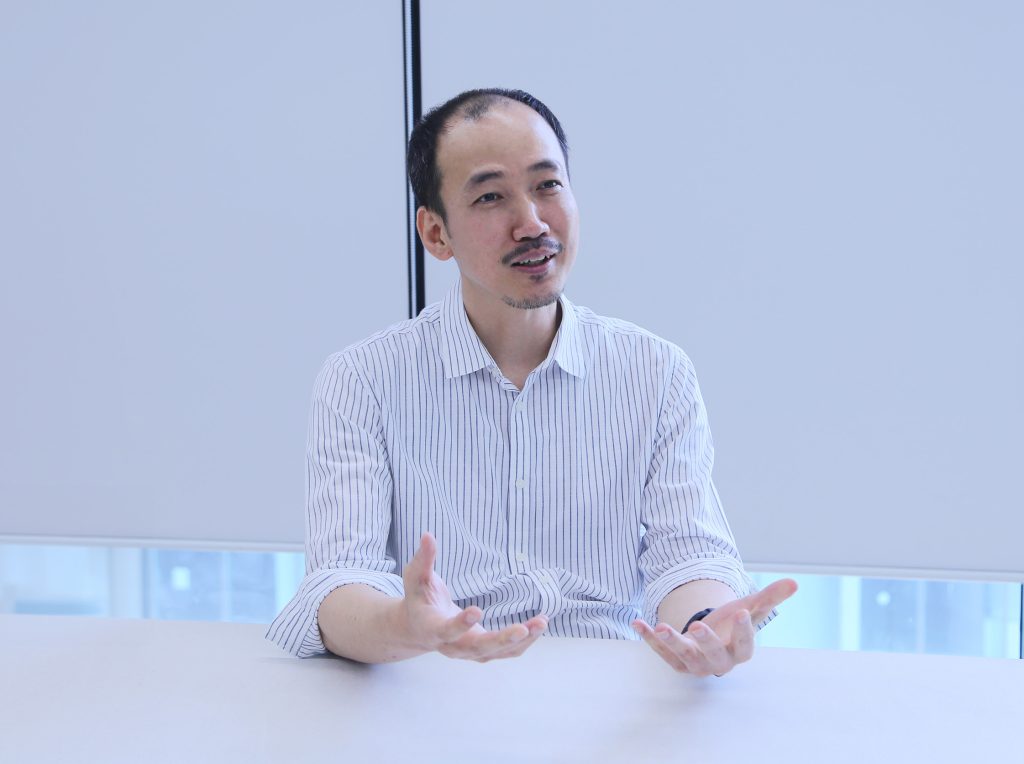
“Altair’s digital twin is not a simple technology, but an optimization platform that connects the entire product lifecycle—‘One Total Twin’—to support tangible industry outcomes.”
In a recent interview with TechWorld Sangheon Lee, global director at Altair, emphasized that “Altair is not merely implementing a single technology, but rather focusing on connecting product design, manufacturing, operation, and maintenance through real-time data to deliver optimal results.”
40 Years of Know-How Embedded in ‘One Total Twin’
Altair leverages over 40 years of expertise in physics-based simulation, HPC, AI, and data analytics to deliver “One Total Twin,” a platform where customers can utilize all the capabilities of a digital twin.
Lee explained, “We don’t see digital twins as simple virtual models. We define them as strategic decision-making platforms that integrate operational data with real-time feedback to achieve reliability and responsiveness.” He continued, “This allows customers to move beyond simplistic digitalization and achieve real, measurable outcomes through tailored diagnostics and solutions.”
To build and operate an effective digital twin, he said, “It is necessary to virtually reconstruct the physical target in the real world with precision and accuracy. This includes considering real-time data collection and predictive capabilities to enhance operational efficiency, cost, risk, and reliability at the same time.”
Core Technologies Behind Altair’s Realization of the Digital Twin Vision
Lee elaborated, “Operating a digital twin effectively requires the virtual reconstruction of real-world physical systems in a digital environment, and this must include capabilities for real-time data analysis and decision-making to ensure operational efficiency and reduce cost, risk, and failure rates.”
He added, “From the design stage, the accuracy of the twin plays a critical role in making decisions. Various core technologies are needed to ensure that the model runs in sync with real-time data, which is then collected, integrated, and refined for advanced analytics and modeling.”
He emphasized, “Altair integrates all of these core technologies to help customers analyze and optimize complex systems quickly and precisely.”
“Digital Twin Requires Clear Business Objectives”
Lee emphasized that “Implementing a digital twin should not be just about adopting new technology. It must be driven by clear business objectives.” He added, “Initially, pilot projects should focus on certain key areas to deliver results, and then be expanded step-by-step.”
He also emphasized the importance of “building a solid and unified data infrastructure,” enabling smooth interdepartmental collaboration and strengthening digital capabilities to secure successful outcomes.
He noted that the future of Altair’s digital twin lies in “a real-time decision-making platform that includes product simulation and covers the entire lifecycle.”
Altair’s strategy is to provide optimal decision support throughout the product lifecycle—from design to operation—using its “Digital Thread” platform based on simulation, data analytics, HPC, and cloud technologies.
In conclusion, he stated, “As uncertainties in the global supply chain continue to grow, the adoption of digital twins across industries is expected to accelerate.” He added, “Through our recent integration with Siemens, Altair will combine Siemens’ process-driven digital thread and digital twin portfolio with our deep expertise in simulation and AI to deliver more precise, industry-specific digital twins. This will enable seamless data continuity across the entire product lifecycle and further accelerate digital transformation.”

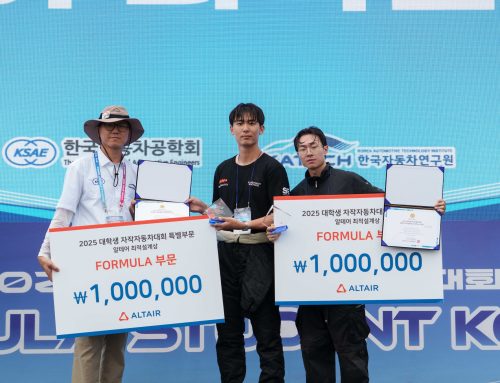
![[9/5] ALTAIR AI WORKSHOP 안내](https://blog.altair.co.kr/wp-content/uploads/AI-Workshop_Fall_1-500x383.png)
![[도서] No Code 빅데이터 분석 (저자 계명대학교 김양석 교수)](https://blog.altair.co.kr/wp-content/uploads/김양석-교수님-책-500x383.jpg)